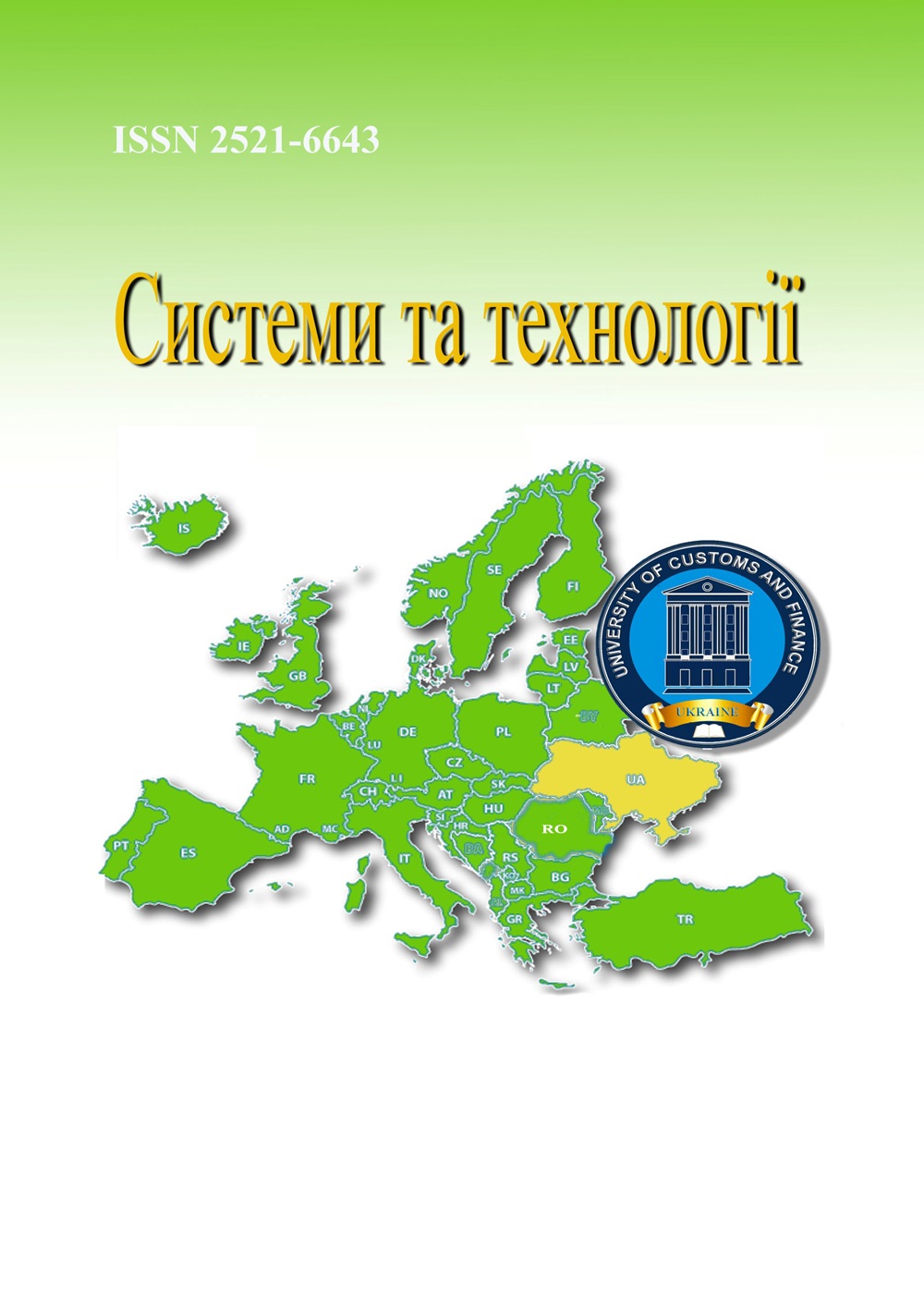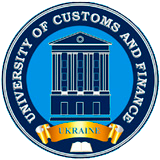SOME ISSUES OF MATHEMATICAL MODELING OF TURBULENT FLOWS AROUND TRANSPORT VEHICLES AND THEIR ELEMENTS
Abstract
The flow of vehicles in a turbulent flow is a complex nonlinear dynamic system. To study these complex nonlinear systems, certain methodological approaches are implemented. These approaches should be based on objective physical laws that describe the behavior of a dynamic system. As a result of the analysis of the processes under study, it is necessary to identify their regularities and develop their description.Mathematical modeling of such nonlinear dynamical systems is an interdisciplinary tool for studying various physical processes. The problems of modeling advanced turbulence remain open. A single mechanism of transition to turbulent chaos in different types of hydrodynamic flows has not yet been found. In a developed turbulent flow, there are pulsations with scales ranging from the largest to very small. To date, four mechanisms are known for the transition of laminar flow to turbulent flow when the Reynolds number reaches a critical value. It is believed that the phenomenon of turbulence is to some extent related to chaos.Today, there is no comprehensive theory of turbulence in various aerodynamic flows. To date, a number of scenarios for the development of turbulent flows based on the processes of motion chaos have been proposed. These are the following scenarios: based on the idea of the hierarchy of quasi-periodic motions; the process of chaoticization of fluid motion by Ruel- Tuckens; transition to turbulent chaos through a sequence of doubling period bifurcations; transition to turbulence through intermittency. These approaches originated as a result of studies of model systems of turbulent flows and their analysis using differential equations. Their mathematical description is extremely complex and requires further development. To numerically solve the problem of calculating the characteristics of turbulent flow around a ground vehicle, a model of viscous compressible gas flow described by the Reynolds-averaged Navier-Stokes equations was chosen. The computational domain around the vehicle is complex, so it is advisable to use a multi-block approach and a curved coordinate system. The methodology was developed, the algorithm was constructed, and the codes of the software package were written in Fortran-95.By numerically solving the Reynolds-averaged Navier-Stokes equations closed by the Spalart-Allmaras turbulence model in the realization of separated vortices, the plane-parallel flow of a circular cylinder is calculated. The obtained results are compared with experimental data.
References
2. Batchelor G. K. The theory of homogeneous turbulence. Cambridge: University Press. Cambridge. 1953. 198 p.
3. Monin A.S., Yaglom A.M. Sstatistical fluid mechanics: Mechanics of Turbulence. Volume 1. English edition edited by J.L. Lumley. Cembridge. Massachusetts: MIT press. 1975. 774 p.
4. Monin A.S., Yaglom A.M. Statistical fluid mechanics: Volume 2, English edition edited by J.L. Lumley. Cembridge, Massachusetts: M.I.T. Press.1975. 896 p.
5. Bradshaw, P. An introduction to turbulence and its measurement. Oxford: Pergamon Press. 1971. 218 p.
6. Chapman G.T., Tobak M. Observations, theoretical deas, and modeling of turbulent flows – past, present and future / Theoretical Approaches to Turbulence (Dwoyer et al. (eds)). New York: Springer-Verlag, 1985. P.19–49.
7. Obukhov А. М. Some specific features of atmospheric turbu1ence. J. F1uid Mech. 1962. V. 13. Pt. l. Р. 77-81.
8. Klimontovich Yu. L. Turbulent motion and the structure of chaos. A new approach to the statistical theory of open systems. London: Publisher Springer. 1991. 398 p.
9. Kolesnichenko A. V., Marov M.Y. Turbulence and self-organization: modeling astrophysical objects. London: Edition Publisher: Springer. 2013. 685 p.
10. Kolesnichenko A. V., Marov M.Y. Mechanics of turbulence of multicomponent gases. Dordrecht: Kluwer Academic Publishersю. 2001. 375 p.
11. K. de Fériet J. Statistical mechanics and theoretical models of diffusion processes. Advances in Geophysics, Volume 6, 1959, P. 139-147
12. Belotserkovskii, O. M. Numerical experiment in turbulence: From order to chaos. Int. J. Fluid Mech. Res., 23, No. 5-6, 1996. P. 321–488.
13. Hinze I.J. Turbulense: An introduction to its mechanism and theory. New York: McGraw-Hill book company. 1959. 586 p.
14. Batchelor G. K An introduction to fluid dynamics. Cambridge: Cambridge University Press. 1967. 615 p.
15.Van Dyke, M. An album of fluid motion. Stanford: Parabolic Press, CA, 1982. 176 p.
16. Belotserkovskii, O. M. Numerical modeling in continuum mechanics. M.: Nauka. 1991. 520 p.
17. Marsden J. Е., McCracken М. The hopf bifurcatioп апd Its applicatioпs. New Уork: Springer-Verlag. 1976. 284 p.
18. Marsden J. Е., McCracren М. The hopf bifurcation and its applicatioпs. Berlin: Springer. V19, 1988. 408 p.
19. Frost W., Moulden T. Handbook of turbulence: Volume 1. Fundamentals and applications. New York: Publisher Plenum Press. 1977. 498 p.
20. Feigenbaum М. J. Universa1 behavior in nonlinear system. Physica. 1978. v.70. Р. 16.
21. Фрік П. Г. Турбулентність: підходи та моделі. Х.: ІКД. 2003. 292с.
22. Клімонтович Ю. Л. Введення в фізику відкритих систем. Х.: Янус-К, 2002. 284 c.
23. Малинецький Г.Г. Математичні основи сінергетики: Хаос, структури, обчислювальний експеримент. Х.: Книжковий дім Либроком, 2009. 312 с.
24. Колмогоров А. М. Локальная структура турбулентності в нестисливій рідині при дуже великих числах Рейнольдса. Доповіді АН СРСР. 1941. Т. 30. С. 299-303.
25. Shur M. L., Spalart P. R., Strelets M. Kh., Travin A. K. An enhanced version of DES with rapid transition from RANS to LES in separated flows. Flow turbulence and combustion. 2015. 95(4). P. 709-737.
26. Обухов А. М. Про розподілення енергії в спектрі турбулентного потоку. Відом. АН СРСР. Сер. географія і геофізика. 1941. Т. 5. № 4. С. 453-466.
27. Brown G. L., Roshko А. O n density effects and 1arge structures i n turbu1ent mixing layers. J. Fluid Mech. 1974. V. 64. Р. 775-816.
28. Crow S. С., Champagne F. Н. Orderly structures in jet turbu1ence. J. Fluid Mech. 1971. V. 48. Р. 547-591.
29. Гледзер Е. Б., Должанекий Ф. В., Обухов А. М. Системи гідродинамічного типу та їх застосування. М.: Наука, 1981. 368 с.
30. Тихонов А. Н., Арсенін В. Я. Методи розв’язування некоректних задач. Кyiv : Наукова думка. 1986. 182 с.
31. Chapman D.R. Computational aerodynamics development and utlook: Dryden Lecture in Research for 1979. 17th Aerospace Sciences Meeting, AIAA Paper. 1979-0129.
32. Spalart P. R., Allmaras S. R. A one-equation turbulence model for aerodynamic flows, AIAA Paper, 1992-0439.
33. Roshko A. On the drag and shedding frequency of two-dimensional bluff bodies. NACA Tech. Note. 1954. N3169. 29 p.
34. Menter F. R. Zonal two-equation k-ω turbulence models for aerodynamic flows. AIAA-Paper,1993-2906.
35. Prediction Methods for Turbulent Flows/ Edited by Wolfgang Kollmann. Washington, London. Publisher: McGraw-Hill Education, 1980. 468 p.

 ISSN
ISSN 




